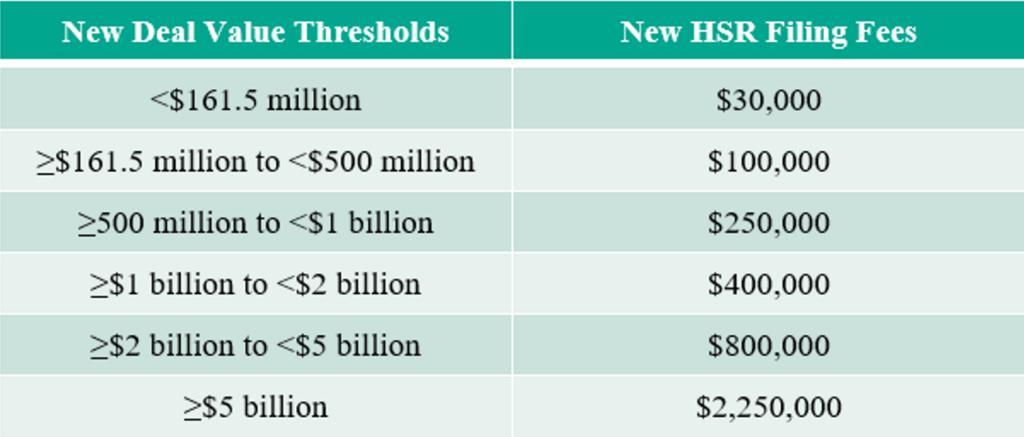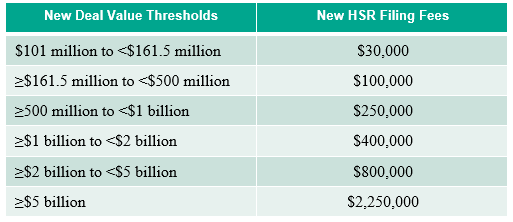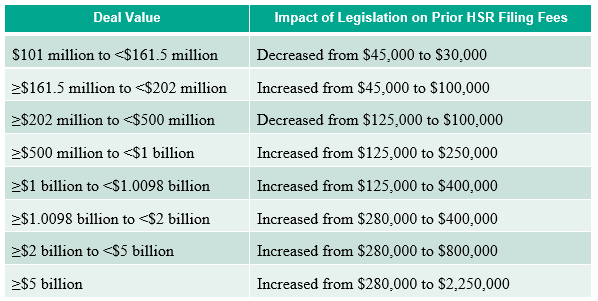WHAT HAPPENED
On February 3, 2023, the US Department of Justice’s (DOJ) Antitrust Division announced the withdrawal of three policy statements related to antitrust enforcement in healthcare. Although the withdrawn statements focus on healthcare, DOJ’s decision to withdraw these statements will have broad impacts across industries.
The three policy statements, issued in 1993, 1996, and 2011, relate to competitor collaboration and information sharing, and established “safety zones” of activities shielded from antitrust scrutiny. The 1996 Statements of Antitrust Enforcement in Health Care (1996 Statements) were revised and expanded upon the 1993 Statements. Though ostensibly related to healthcare, the guidance has been relied upon by all industries and understood to cover all manner of competitively sensitive information. Two of the safety zones most often relied on by companies relate to competitor exchanges of price and cost information, and competitor joint purchasing arrangements.
Information Exchanges
The safety zone on information exchanges (Statement 6 of the 1996 Statements) stated that, in general, the agencies would not challenge an exchange of price or cost information (e.g., employee compensation) if the following three conditions were met:
- The exchange is managed by a third party (e.g., a trade association or consultant).
- The information is more than three months old.
- The exchange has five or more participants contributing data, and no individual participant’s data represents more than 25% of any statistic; and no individual participant’s data can be identified.
Companies have relied on this safety zone in conducting surveys and benchmarking related to pricing, supply costs, and salaries. These surveys have served as critical compliance tools. Organizations exempt from federal income tax often use surveys to demonstrate fair market value compensation to safeguard against claims of private inurement and private benefit. Similarly, healthcare companies routinely use benchmarking studies to demonstrate fair market value compensation for compliance with fraud and abuse laws.
Group Purchasing Organizations
The safety zone on joint purchasing arrangements (Statement 7 of the 1996 Statements) stated that, in general, the agencies would not challenge joint purchasing arrangements (e.g., group purchasing organizations (GPOs)) if the following two conditions were met:
- The purchases account for less than 35% of the total sales of the purchased product or service.
- The cost of the products or services purchased jointly accounts for less than 20% of the participants’ revenues.
DOJ cited changes in the healthcare landscape as the rationale for withdrawing these policy statements, specifically indicating that the statements were “overly permissive” on information sharing. In a speech the day before DOJ’s announcement, Principal Deputy Assistant Attorney General (DAAG) Doha Mekki stated that the safety zone factors “do not consider the realities of a transformed industry” and “understate the antitrust risks of competitors sharing competitively sensitive information.” DAAG Mekki explained that:
- Information exchanges managed by third parties can have the same anticompetitive effects—and the use of a third party enhances anticompetitive effects.
- New algorithms and AI learning increase the competitive value of historical information (more [...]
Continue Reading
read more

 Subscribe
Subscribe



